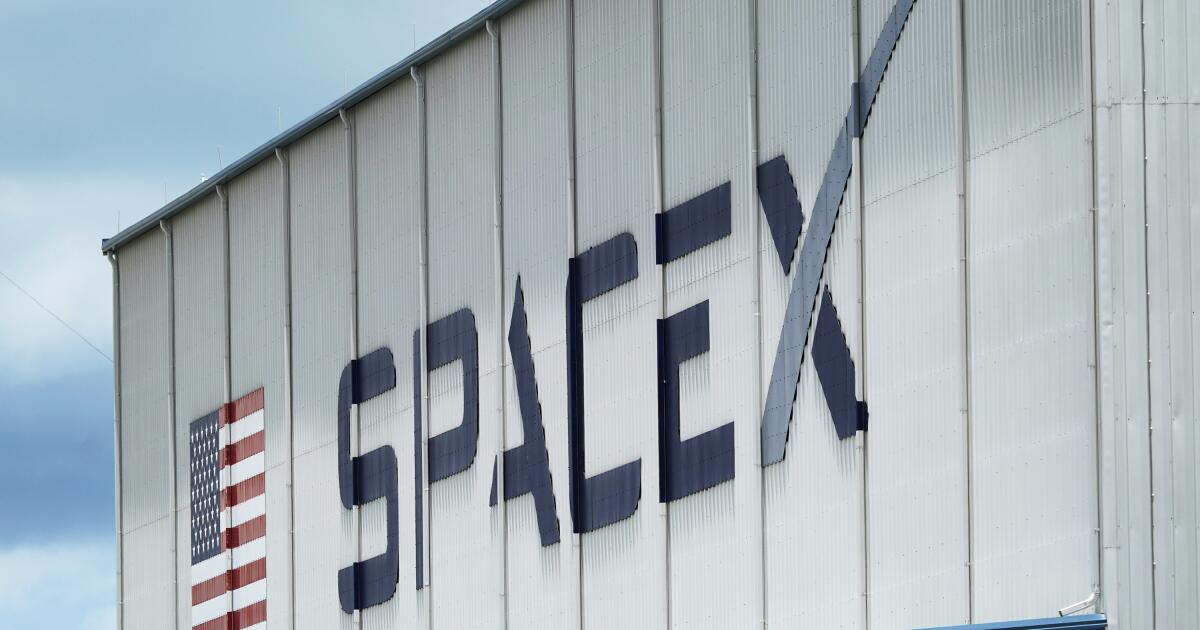Dimensional Stability in Quick Turn PCB
The PCB fabrication process takes place in a fast-paced environment, and the quality of finished products is vital. This is why it is important to work with an experienced PCB manufacturer that has proven success in quick turn pcb and can deliver on time and within budget. This ensures that any potential manufacturing factors that can affect the final product are taken care of early in the process, preventing costly mistakes down the road.
A good way to minimize the chance of errors during quick turn production is to supply a gerber file to your fabricator and use concise dimensions throughout the design. This will give the fabricator a better understanding of your specifications and help to ensure that your boards are produced as you intended them. In addition, it’s a good idea to include all mounting hole details in the file, including location and size.

One of the main reasons for PCB delays is a communication gap between designers and fabricators. This is often due to incomplete or inaccurate documentation of the board layout. It can also be caused by unforeseen issues that are not identified during the Quick turn pcb prototype stage, such as impedance specifications that cannot be achieved or incorrectly sized holes which cause parts to fit improperly. Incorrect pad-to-part fit, component rotation and not following polarity indicator standards are other common causes of hold ups.
How to Ensure Dimensional Stability in Quick Turn PCB
In order to prevent dimensional instability in a quick turn pcb, it is important to choose a substrate material with low coefficient of thermal expansion (CTE). This will allow the materials to expand and contract more evenly over temperature changes, reducing mechanical stress that can cause micro cracks. It is also a good idea to add thermal relief connections to the copper planes for components that generate significant heat. This will reduce localized heating that can cause warping.
Another important consideration for ensuring the dimensional stability of your quick turn pcb is to use stiffeners and a balanced stack-up. Stiffeners will keep the board flat and enhance surface mount component assembly. Incorporating a metal slab in the center of the base or on the bottom of the board will stabilize it against bow and twist while maintaining greater dimensional accuracy of the z-stack.
Finally, it’s a good idea to select components that are designed for use in high-temperature applications. This will allow the components to be located closer to the core of the circuit board, thereby minimizing warping. A symmetrical layout can also help to avoid warping by distributing heat-generating components evenly across the board.
If you are using large ground or power connections, consider adding thermal relief connections to the board. This will prevent the copper from wrapping around these areas during reflow soldering. Lastly, it’s important to use an accurate thermocouple to monitor the temperature of the board as it is being assembled. This will help to identify any excessive heating that may lead to the decomposition of the materials.



